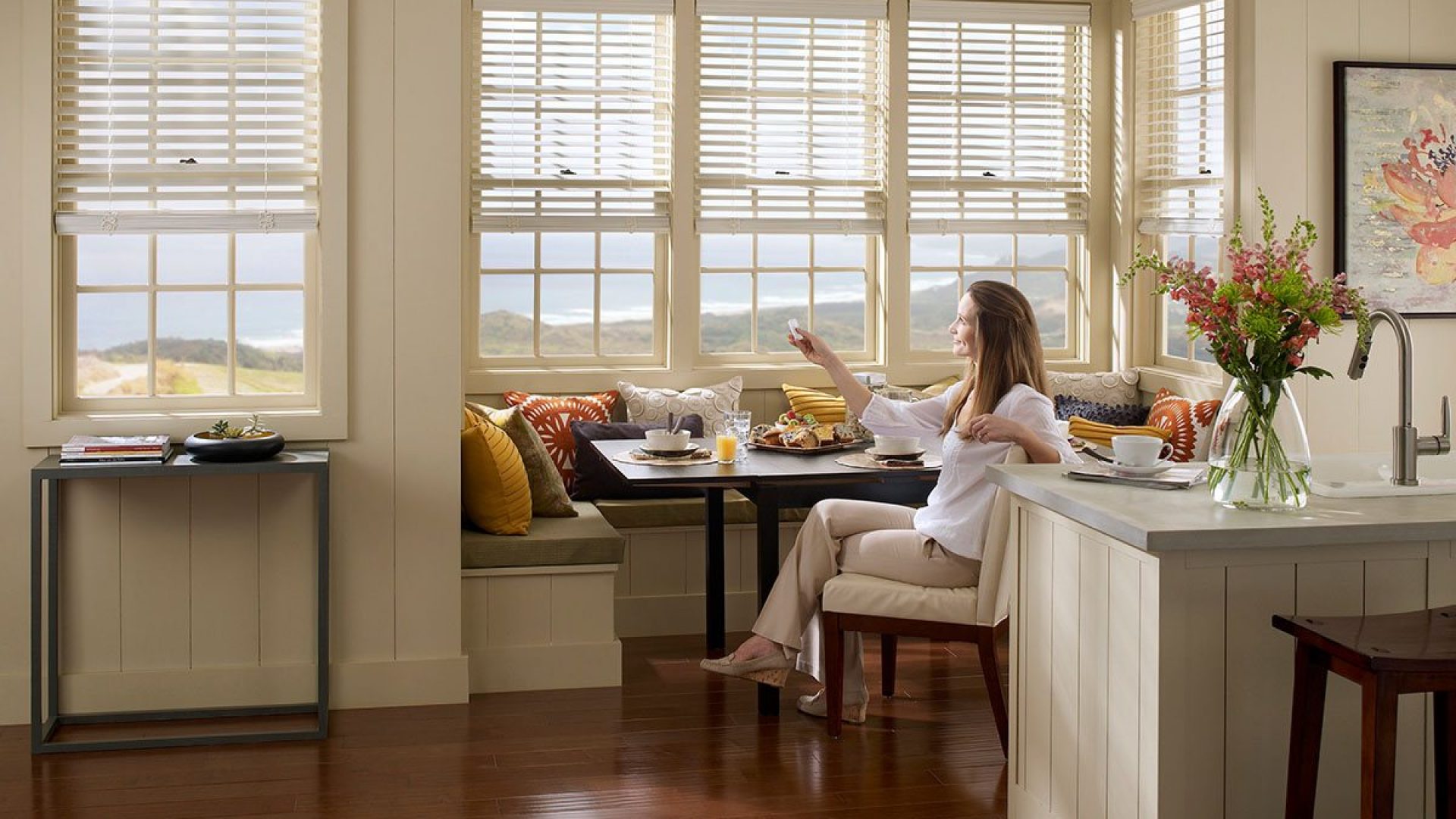In the age of smart home technology Lennar is committed to remain innovative and lead the homebuilding industry. Lennar’s Wi-Fi CERTIFIED™ Home Design™ has reimagined the home-buying experience by including the most desired new home features: Amazon Echo Show, Baldwin® Evolved smart lock, Honeywell Thermostat, Ring® Video Doorbell and much more; with Lennar’s Everything Included® program at no extra cost to home buyers. Learn about the many benefits of a connected home in this Business Insider article by Antonio Villas-Boas.
Over two years ago, I converted my old “dumb” home into a still-old “smart” home.
I’ve been using a smart-home system for the past two years that lets me control my home’s climate, door locks, and security, and it has proved indispensable.
In fact, I would take my existing devices or buy smart-home devices if I were to move.
It’s not so much the convenience of controlling these things from the couch or even abroad — it’s the peace of mind of knowing away from home that I locked the door or set the alarm, and the reduced energy bills from better managing the heater or air conditioning.
Plus, controlling things like the temperature with my voice on smart speakers like Amazon’s Echo or Google’s Home devices, while not perfect, can add a futuristic touch.
Oddly, my favorite connected device in the house is the smart doorbell. Apartment dwellers may scoff, but I doubt any homeowner would prefer not knowing who’s ringing at the door at 2 a.m. (You’ll find that story below.)
So far, I’ve loved having control over my door locks through my phone or a smart voice assistant like Amazon’s Alexa.
The best thing about using smart door locks is checking to make sure you did, in fact, lock the door on your way out. It’s given me incredible peace of mind.
Otherwise, locking the doors through the app and smart speakers like Amazon’s Echo has been a nice little extra. I basically don’t have to physically lock or unlock my doors.
Would I pay for new smart locks if I moved to a house with normal locks?
They can be expensive — about $200 for a highly rated model. But for a single door that’s the main point of entry, I’d absolutely buy a smart lock.
Having a smart doorbell with a video camera and microphone has come in handy a few times.
The best thing about the smart doorbell I’ve been using is the camera and talk-through feature, as well as the video recordings whenever there’s activity around the main door.
Having a video feed of my home’s main point of entry has been incredibly comforting at times. Checking the feed when you hear a strange noise or an unexpected doorbell ring, or to find out who’s there without shouting or letting them know I’m at the door, is unequivocally better than not having the option.
One night, at 2 a.m., my wife was on the iPad and saw a notification that someone rang the doorbell. Using the doorbell’s video and audio feed, I could see that it was the police, and I was able to ask, from my bed, why on earth they were ringing my doorbell at 2 a.m. Eventually, I crawled out of bed to talk with them.
It turned out they were checking in, as the officer had apparently seen a “suspicious” vehicle drive into my driveway earlier that day. I’m very appreciative. But ringing the doorbell at 2 a.m.? My wife thought we were getting burgled — albeit by courteous burglars who ring doorbells before they steal your stuff.
Would I pay for new smart doorbell if I moved to a house with a normal doorbell?
For between $100 and $250, yep.
Controlling the temperature from anywhere in the world, including through my phone, has also come in handy.
For me, controlling the temperature using my phone is more about saving on energy and utility bills than the convenience. I can turn down the heat or air conditioning from anywhere in the world if I forgot to do it before leaving. I’ve certainly noticed a drop in energy bills since using a smart thermostat.
The convenience is nice too. Like with the door locks, I don’t need to walk to a thermostat to change the temperature. I’ve definitely felt lazy doing it, but that’s not the smart thermostat’s problem.
Some smart thermostats like Nest learn your climate habits over time and can control your home’s temperature without your doing anything.
Would I pay for new smart thermostats if I moved to a house with normal thermostats?
Absolutely. Saving on energy bills and having more control make the price of a good smart thermostat — between $100 and $250 — worth it, in my opinion.
Continue Reading the Full Article Here.




